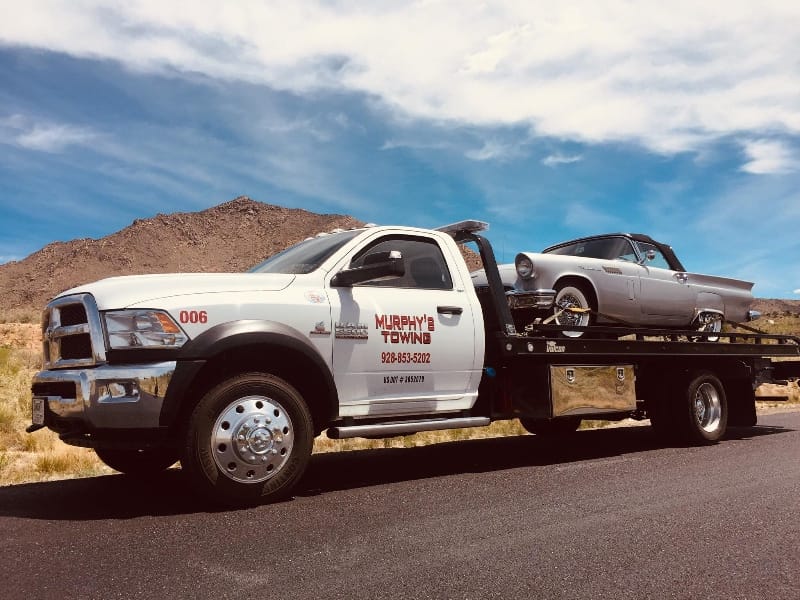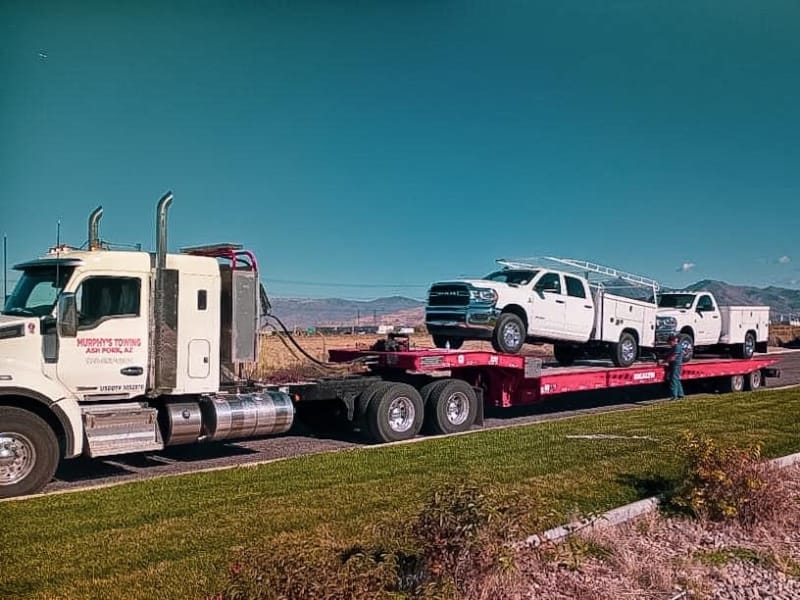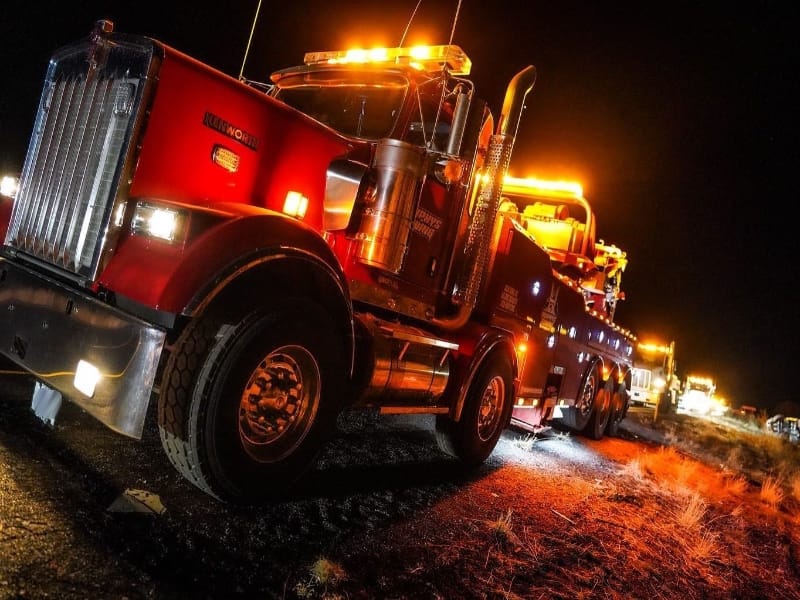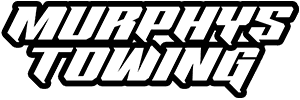More Than Just a Hook and Chain
You’ve seen them on highways and backroads: big rigs pulling broken-down cars, flatbeds carrying crushed sedans, or monstrous rotators lifting overturned semis. Still, most people only think “tow truck.” That’s where the confusion begins. With Williams towing being something we handle daily, we’ve had to match every kind of problem with the exact equipment it requires. Today we’re breaking it all down, so the next time you call for a tow, you’ll know what to expect.
What’s the Job? That Decides the Truck
It starts with the weight and type of vehicle. From motorcycles to cement trucks, we don’t roll out the same rig for every call. Each truck in our fleet has a specific job, and knowing which one to send isn’t guesswork, it’s strategy.
Light-Duty, Medium-Duty, and Heavy-Duty… What’s the Difference?
Think of towing categories like weight classes in boxing. Each one handles a specific range of vehicles.
- Light-duty: Cars, motorcycles, and small SUVs. These are the everyday breakdowns, flat tires, and parking violations.
- Medium-duty: Delivery vans, box trucks, and small RVs. These recoveries often involve mechanical issues, minor accidents, or transport needs.
- Heavy-duty: Semis, buses, construction equipment. These recoveries are big, often dangerous, and sometimes require lane closures or coordination with local authorities.
We match each call in our Williams towing operations with the right truck class to avoid delays, damage, or worse, getting the wrong equipment stuck trying to solve the problem.
Wreckers: The Backbone of Roadside Recovery
Wreckers are what most people picture first; those trucks with a hydraulic boom and wheel lift. They’re built to move fast and get into tight spaces, especially for light-duty jobs like accident scenes or broken-down sedans.
There’s a reason we keep several wreckers in rotation: they’re fast, reliable, and versatile. But they aren’t made to haul a fully loaded box truck or flip an overturned trailer. That’s when we call in bigger equipment.
Flatbeds: Ride in Style (Even When Broken Down)
Flatbeds are the go-to when we need to keep a vehicle completely off the road. Cars with low clearance, motorcycles, or anything with transmission trouble usually go on a flatbed.
Unlike wheel-lift wreckers, flatbeds reduce the risk of dragging damage and are perfect for transporting luxury vehicles or anything that needs a smooth ride. We use them often in Williams towing calls that involve low-riders, high-end models, or roadside recovery after mechanical failure.

Lowboys: When Heavy Gear Needs to Travel
You can’t haul a bulldozer on a flatbed. That’s where lowboys come in: trailers that sit just inches off the ground with ramps that can support massive construction equipment or large machinery.
A typical call for our lowboy service? Hauling excavators to job sites near Williams or relocating equipment between industrial yards. These aren’t roadside recoveries, they’re logistical operations that require planning, permits, and a careful hand.

Heavy Wreckers and Rotators: Big Tools for Bigger Problems
A broken-down semi blocking two lanes in town is no joke. That’s when we roll out the big guns: our heavy wreckers and rotators.
- Heavy wreckers come with a long boom and heavy winch cables to pull loaded trucks out of ditches or jackknifed positions.
- Rotators bring even more muscle, with a 360-degree rotating boom. This helps when there’s no room to reposition or when we need a clean lift on a heavy load.
Calls like these are common parts of our Williams towing operations, especially along high-traffic corridors and rugged construction zones.

When We Use Each Tow Truck Type
Here’s a quick breakdown of what we roll out and when:
- Light-duty wrecker: Standard cars, roadside breakdowns, parking enforcement.
- Flatbed: All-wheel-drive cars, motorcycles, low-clearance vehicles.
- Medium-duty truck: Box trucks, delivery vans, small RVs.
- Lowboy trailer: Bulldozers, forklifts, large equipment.
- Heavy-duty wrecker: Semis, dump trucks, buses.
- Rotator: Overturned rigs, tight recovery zones, unstable cargo.
FAQ: Tow Truck Types
1. Why does the type of tow truck matter?
Using the right tow truck protects the disabled vehicle, speeds up the job, and avoids unnecessary damage or delays. Each type is designed for specific vehicle weights and recovery challenges.
2. What’s the difference between light-, medium-, and heavy-duty towing?
Light-duty trucks handle cars, small SUVs, and motorcycles.
Medium-duty is for delivery vans, box trucks, and small RVs.
Heavy-duty equipment is built for semis, buses, and heavy machinery. Choosing the right class keeps the job safe and efficient.
3. When should a wrecker be used?
Wreckers are fast, versatile, and great for light-duty jobs like accident scenes, flat tires, or cars stuck in parking lots. They excel in tight spaces but aren’t meant for massive or top-heavy loads.
4. Why are flatbed tow trucks safer for certain vehicles?
Flatbeds keep the entire vehicle off the ground, preventing dragging damage and protecting suspensions, bumpers, or transmissions. They’re ideal for all-wheel-drive cars, motorcycles, luxury vehicles, and low-clearance models.
5. What is a lowboy trailer used for?
A lowboy’s low deck and ramps let it safely haul oversized, heavy equipment such as bulldozers, forklifts, and other construction machinery. It’s typically used for scheduled transports rather than emergency roadside recovery.
6. What makes heavy wreckers essential for large recoveries?
Heavy wreckers have long booms and strong winches that can upright semis, pull loaded trucks from ditches, and move disabled buses. They provide the pulling power needed for oversized loads.
7. How do rotators improve recovery for big rigs?
Rotators feature a 360-degree rotating boom that allows precise lifting and positioning, even in tight or obstructed spaces. They’re essential for overturned trailers, unstable cargo, and confined roadside scenes.
8. How do tow companies decide which truck to send?
Operators consider the size, weight, and condition of the vehicle as well as the terrain and situation. Matching the right truck avoids safety risks, prevents further damage, and speeds up the recovery.
9. Can the wrong tow truck cause damage or delays?
Yes. Using a light-duty wrecker for a heavy box truck or a flatbed where a rotator is needed can slow down the job, damage the vehicle or load, and sometimes make the situation worse.
10. What sets Murphys Towing apart in Williams towing calls?
Murphys Towing dispatches the correct truck and an experienced crew for each job. They factor in the vehicle type, weight, and recovery conditions to keep every tow smart, safe, and efficient.
Murphys Towing: For All Your Williams Towing Needs
Our Williams towing team doesn’t just show up with the first truck that’s available. We send the right truck, with the right crew, based on the exact problem. Whether it’s a stalled sedan on 4th Street, a stuck RV at a campground, or a flipped dump truck outside of town, we’ve got the tools and the experience to handle it.
When you’re stranded in and around Williams and need our Williams towing service, we make sure every recovery is smart, safe, and fast. That means no second-guessing, no wasted time, and no avoidable damage. Just the right tow, every time.
